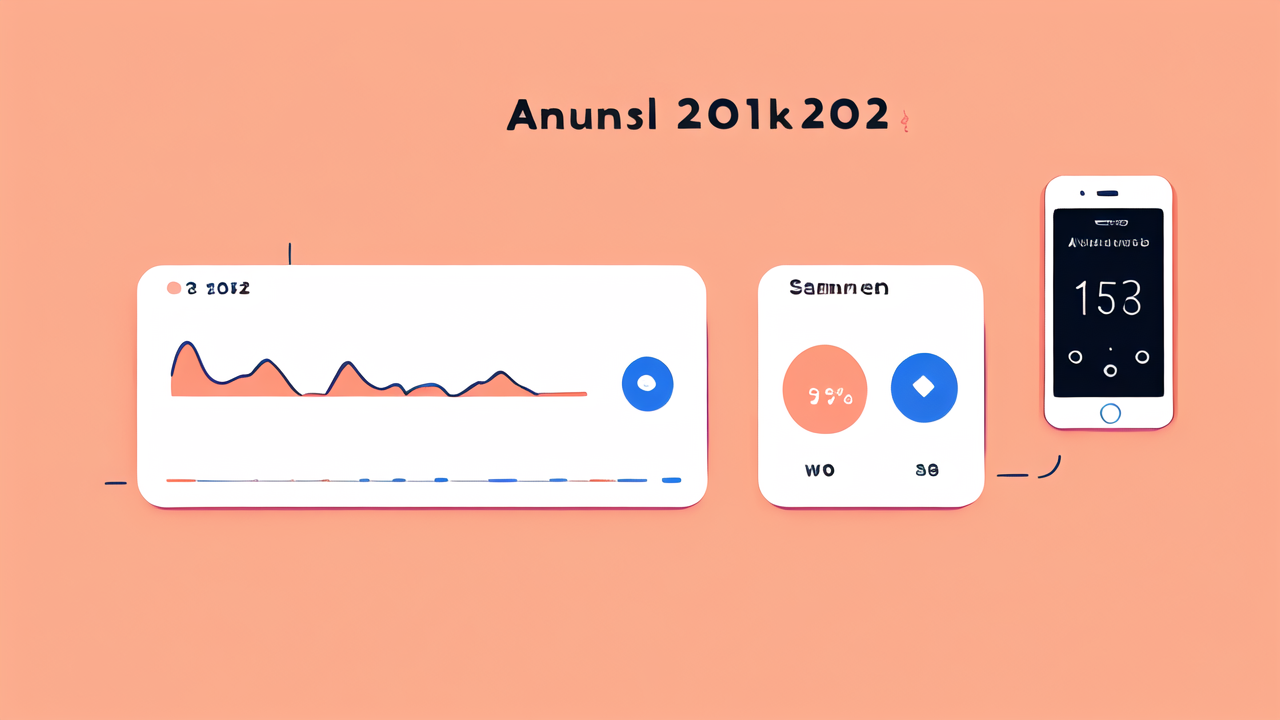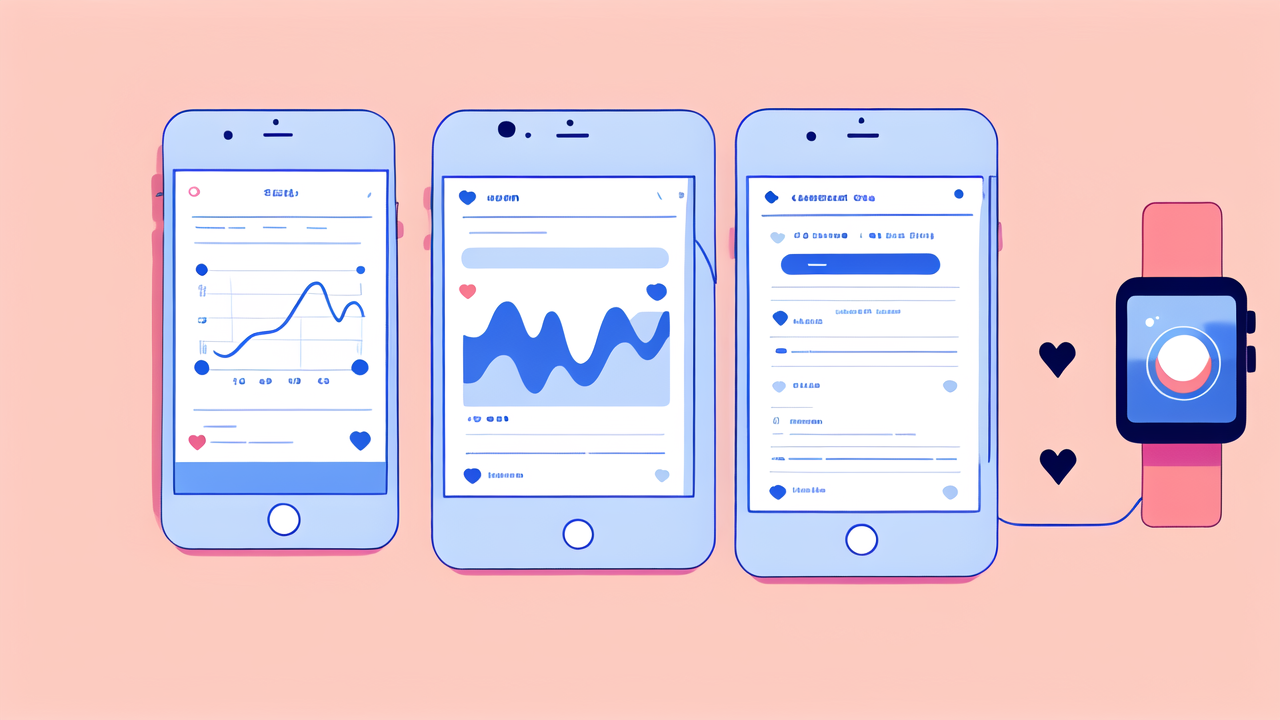The Rise of Smart Bands in Consumer Wearable Tech
The Evolution of Smart Band Technology
Smart bands have come a long way since their inception. They started as simple step counters. Now, they're advanced health monitors. Early models tracked basic fitness data. Today's smart bands offer a wide range of features.

These devices now monitor heart rate, sleep patterns, and even stress levels. Many can now detect irregular heartbeats. Some can measure blood oxygen levels. The evolution has been rapid and impressive.
Smart bands now come with color touchscreens and long battery life. They're more stylish and comfortable to wear. The technology keeps improving, making them more accurate and useful.
Adoption Rates and Market Growth for Smart Bands
The smart band market is booming in the U.S. More people are buying these devices each year. The COVID-19 pandemic has boosted interest in personal health monitoring.
Sales of smart bands have grown steadily since 2018. Market research shows this trend will continue. Many consumers see smart bands as affordable health tools.
Younger generations are driving adoption. But older adults are catching up. They use smart bands to track health metrics. The market is expected to grow by 15% annually through 2025.
Key Players and Brands in the Smart Band Industry
Several brands dominate the U.S. smart band market. Fitbit, now owned by Google, remains a top player. Apple's Apple Watch, while not a band, competes in the same space.
Garmin offers high-end options for serious athletes. Samsung's Galaxy Fit line is popular among Android users. Xiaomi provides budget-friendly options that are gaining traction.
New players are entering the market with innovative features. Amazon's Halo band focuses on holistic health. Whoop targets performance-oriented users. Competition is fierce, driving innovation.
Health and Wellness: The Core of Smart Band Development
Innovations in Health Monitoring
Health monitoring is at the heart of smart band innovation. New sensors are being developed all the time. These allow for more accurate and diverse health tracking.

Some smart bands can now monitor blood pressure. Others can detect atrial fibrillation. Continuous glucose monitoring is on the horizon for some devices.
Mental health is a new focus area. Some bands track stress levels and mood. They offer breathing exercises and meditation guidance. The goal is to provide a complete picture of user health.
Enhancing Lifestyle and Fitness Goals with Smart Bands
Smart bands are powerful tools for fitness enthusiasts. They track workouts, calories burned, and recovery time. Many offer personalized coaching and workout plans.
Goal setting and achievement tracking motivate users. Bands can remind people to move or drink water. They celebrate milestones and encourage consistency.
Some bands now integrate with popular fitness apps. This creates a more comprehensive health ecosystem. Users can track nutrition, workouts, and progress in one place.
Privacy and Data Security in Wearable Technology
As smart bands collect more data, privacy concerns grow. Users worry about how their health data is used and stored. Companies are responding with stronger security measures.
Many brands now offer end-to-end encryption for data. Users have more control over what data is shared. Some companies allow users to delete their data at any time.
Regulations like GDPR and CCPA have impacted data handling. Companies must be transparent about data use. Users are becoming more aware of their rights regarding personal data.
Beyond the Band: Integrating Smart Tech in Daily Life
Smart Bands and IoT Interconnectivity
Smart bands are becoming part of the larger Internet of Things (IoT) ecosystem. They can now connect to smart home devices. This allows for seamless integration into daily life.

Some bands can control smart lights or thermostats. Others can lock doors or set alarms. This interconnectivity makes smart bands more useful beyond health tracking.
Future smart bands may act as digital keys or wallets. They could replace traditional forms of ID. The potential for IoT integration is vast and growing.
The Role of AI and Machine Learning in Smart Bands
Artificial Intelligence (AI) and Machine Learning (ML) are changing smart bands. These technologies make devices smarter and more personalized.
AI can analyze patterns in user data. It can predict health issues before they become serious. ML algorithms can provide more accurate sleep analysis.
Some bands use AI to offer personalized health advice. They can suggest lifestyle changes based on user data. This makes smart bands more like personal health assistants.
Future Outlook: What's Next for Wearable Tech?
The future of wearable tech is exciting. We may see smart bands with flexible displays. Some could be powered by body heat or motion.
Augmented Reality (AR) could be integrated into smart bands. This might project information onto the user's skin. Haptic feedback could become more advanced, offering new ways to communicate.
Smart fabrics may replace traditional bands. These could be woven into clothing. The line between wearable tech and everyday items may blur. The potential for innovation seems limitless.




Leave a comment
This site is protected by hCaptcha and the hCaptcha Privacy Policy and Terms of Service apply.